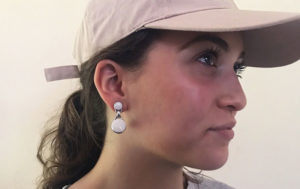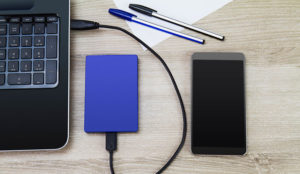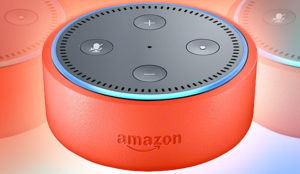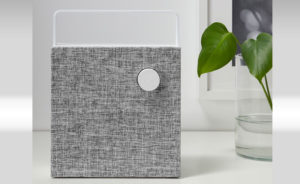
Google has added hands-free voice search to the latest beta version of the Chrome Web browser.
Users need not have to interrupt messy housework and first wash their hands in order to search for a recipe for homemade glass cleaner, for example. All they need to do is open a new tab or go to the Google homepage, say the words “OK Google,” and dictate their search terms.
To enable the feature, users need to click the mic icon on the Google home page and then click on the “Enable OK Google” prompt.
Set Reminders
Users can perform Google searches, set a timer, or create a reminder on Google Now. Searches will be sent to Google only when users say the words “OK Google” while the function is active and users are on a Google.com tab.
The voice search capability is being rolled out to Chrome users who opt for the English (U.S.) language browsing experience on Windows, Mac and Linux devices over the next few days. Google will bring the feature to Chrome OS and make it available for different languages soon.
Google also added a function to allow the setup of Chrome supervised users across multiple devices, including blocking and allowing certain sites and managing permissions. However, it is the hands-free voice search that is perhaps the most intriguing addition to the latest version of Chrome.
‘Simplifying The Process’
“Google’s hands-free search is both following and pushing the envelope of this most common technology,” said Charles King, principal analyst at Pund-IT.
“In one way, it simply indicates the increasing role that search plays across a range of endeavors — but by simplifying the process, Google will also allow search to be seamlessly integrated with an increasing number of applications. Consider also how this development could ease offering the benefits of search to blind and other disabled people,” he told TechNewsWorld.
“Voice commands offer users another interface and one that would be very useful in situations where your hands may be occupied or you just want to enable an electronic personal assistant,” Jim McGregor, principal at Tirias Research, told TechNewsWorld.
“For people with learning disabilities or writing, or even physical issues, voice input is a killer app,” said Roger L. Kay, principal analyst at Endpoints Technologies Associates.
“One could be sentimental about the passing of the keyboard era. After all, it’s a learned function that’s served us well — and I’m still more comfortable and faster typing. But voice input and speech transcription open up writing to a huge population that otherwise couldn’t write. Like the Chinese scholars of old, who invested 40 years learning the arcana of high knowledge, keyboardists want others to suffer the pain they did to acquire the right to speak out,” he told TechNewsWorld.
Wearable Future
As we move into a technology landscape filled with wearable devices controlled by voice, like Google Glass, and voice-activated personal assistants, such as Siri, it is perhaps a sign of the times that Google is allowing users to search the Web and add reminders to Google Now by using their voice through Chrome.
“[Google] and others are working to get us more comfortable with voice, which works better for small devices and in cars,” said Rob Enderle, principal analyst at the Enderle Group.
“At some future point, we will likely converse with our computers and no longer type into them. We’ll need some more intelligence and time before that happens,” he told TechNewsWorld.
“I don’t think this is just aimed at wearables. I think Google is looking for a competitive advantage on Apple, which has been the leader in providing the most intuitive user interfaces,” Tirias’ McGregor suggested.
Slower Than Typing
However, there are some drawbacks to controlling technology through one’s voice.
“Ambient noise can substantially lower accuracy, it can be very annoying to those close to you, and it tends to be slower than typing,” Enderle suggested.
“It’s best when used alone in an office or car,” Endpoint’s Kay said. “It’s not so great for elevators, restaurants and public places in general. People already appear to be talking to themselves when they parade around with Bluetooth headsets. Now, they’ll be talking to their own machines, like a pet or something. But in the living room doing layback consumption? Much better.”





















































